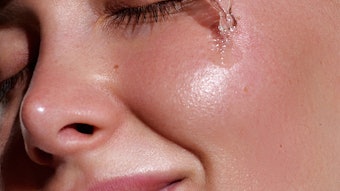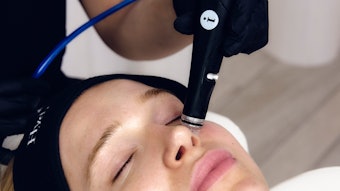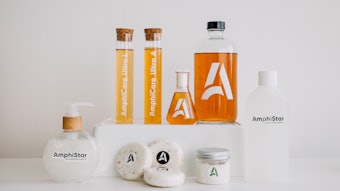A new mentality has long been emerging that beauty is much more than the foundation applied each day. Beauty has come to mean nutrition, health and wellness, and emits feelings of happiness. It even means being tuned into the environment with the awareness of how what we purchase affects the world—either during manufacturing or after it’s washed off away.
For instance, organic and natural products are continually sought because they are viewed as being good for us and good for Mother Nature. In its most recent report on organics and naturals in personal care, the National Marketing Institute found that the natural personal care market experienced 15% growth in 2005 while the overall US cosmetics and toiletries market grew by 3.5%—more than half of those surveyed indicated they seek products made with natural or premium ingredients, and 44% were looking for organic ingredients. Beauty is no longer just skin deep, at the greatest depth it begins with fundamental health, and it penetrates from above with highly penetrating actives. With beauty hitting the consumer on both fronts, new opportunities are arising for formulators to investigate: nutraceuticals and nanomaterials.
Nutraceuticals have found their way to personal care consumers with the much-touted beauty from within concept. This definitely steps beyond the bounds of traditional makeup; however, major cosmetic manufacturers have begun to add nutritional supplements to daily skin care regimens. In this issue of Cosmetics & Toiletries magazine, J.H. Fitton and N. Falk explore macroalgal fucoidan extracts as a new opportunity for marine cosmetics, discussing the potential for these natural ingredients in novel cosmetic formulations. Nanomaterials in all industries continue to drive innovation as well as concern—primarily for the levels of materials absorbed into the skin, but also into the environment. In a recent report*, the Woodrow Wilson International Center for Scholars based in Washington, D.C., was noted for a new program aimed at developing clean technologies using nanotechnology to minimize potential environmental and human health risks, and to encourage replacement of existing nanoproducts with those that are more environmentally friendly throughout their life cycle.
But for the most part, new innovations have been found to be safe and are making new advances in medical, pharmacological and cosmetic fields. S.R. Biggs et al from the University of Leeds describe new membrane emulsification technologies to produce micro- and nanoparticulates. Such technologies include cross flow membrane emulsification (XME) and rotating membrane reactor (RMR), which could lead to enhanced product formulation performance.
Nanomaterials are being designed smarter to deliver particles deeper into the skin. Relating to delivery and smart design, wipes continue to grow steadily in the market as convenient delivery systems for antibacterial agents to the skin. In his article, B. Lochhead, PhD, discusses a recently disclosed intellectual property in wipes with interesting discussions of foam height, reservoirs, and pillows and antimicrobial peptides.
And more on cleansing, T. O’Lenick et al. investigate some of the interactions between silicone surfactants and ingredients often found in personal care formulations in, “Mixed Fatty/Silicone Surfactant Systems.”
This issue of Cosmetics & Toiletries magazine looks at the inner and outer worlds of beauty and even delves into the future with a look at what the newest ingredients formulators will use to build formulas of tomorrow: the New Raw Materials Encyclopedia are the latest launches as of May 2007. From nutrition and nanomaterials on the inside, to wiping and washing impurities on the outside, this issue delivers beauty from just about every angle.









![Lead Image2 [nas] 800x450px](https://img.cosmeticsandtoiletries.com/files/base/allured/all/image/2024/10/Lead_image2__NAS__800x450px.6704042d635b8.png?auto=format%2Ccompress&fit=crop&h=191&q=70&w=340)
